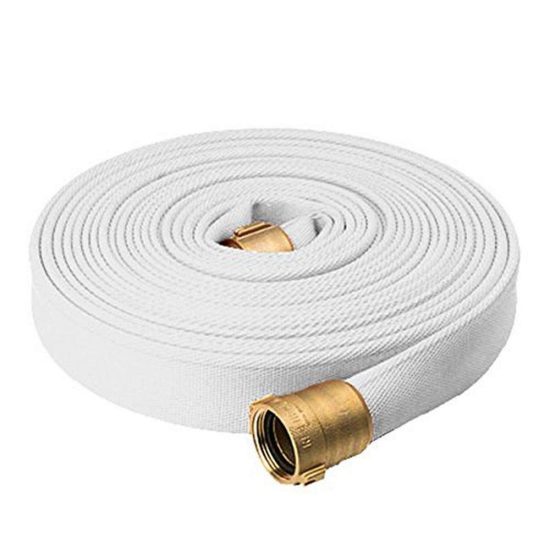Maintaining silicone hoses is crucial for ensuring their longevity and optimal performance. Here are some best practices for maintaining silicone hoses:
- Regular Inspection:
- Periodically inspect silicone hoses for any signs of wear, damage, or degradation. Look for cracks, bulges, soft spots, or discoloration, which could indicate deterioration.
- Check hose connections for tightness and signs of leaks.
- Cleaning:
- Clean silicone hoses regularly using mild soap, water, and a soft brush or cloth. Avoid abrasive cleaners or harsh chemicals that could damage the silicone material.
- Rinse thoroughly to remove any soap residue.
- Avoiding High Temperatures:
- While silicone hoses are heat-resistant, prolonged exposure to extreme temperatures beyond their specified range can degrade their performance over time. Try to avoid exposing them to excessive heat sources whenever possible.
- Handling with Care:
- Handle silicone hoses carefully to prevent punctures, tears, or cuts. Avoid sharp objects or rough handling that could damage the hose surface.
- Proper Storage:
- Store silicone hoses away from direct sunlight and extreme temperatures in a cool, dry place. Protect them from environmental factors that could accelerate degradation.
- Use Compatible Fluids:
- Ensure that the fluids passing through the silicone hoses are compatible with the material. Avoid using fluids or chemicals that may react with silicone and cause deterioration.
- Replace When Necessary:
- Replace silicone hoses if you notice significant wear, damage, or if they have reached the end of their recommended lifespan. Regularly used hoses may need replacement more frequently than those used infrequently.
- Follow Manufacturer’s Recommendations:
- Adhere to the manufacturer’s guidelines and recommendations for proper use, maintenance, and replacement intervals specific to the silicone hoses you are using.
- Avoid Twisting or Kinking:
- Install silicone hoses without twisting or kinking them, as this can compromise their integrity and restrict fluid flow, leading to potential damage.
By following these maintenance practices, you can extend the lifespan and ensure the reliability of silicone hoses in various applications, such as automotive systems, industrial processes, medical equipment, and more. Regular inspection, gentle cleaning, proper handling, and adherence to manufacturer guidelines are key to maintaining the effectiveness of silicone hoses.

